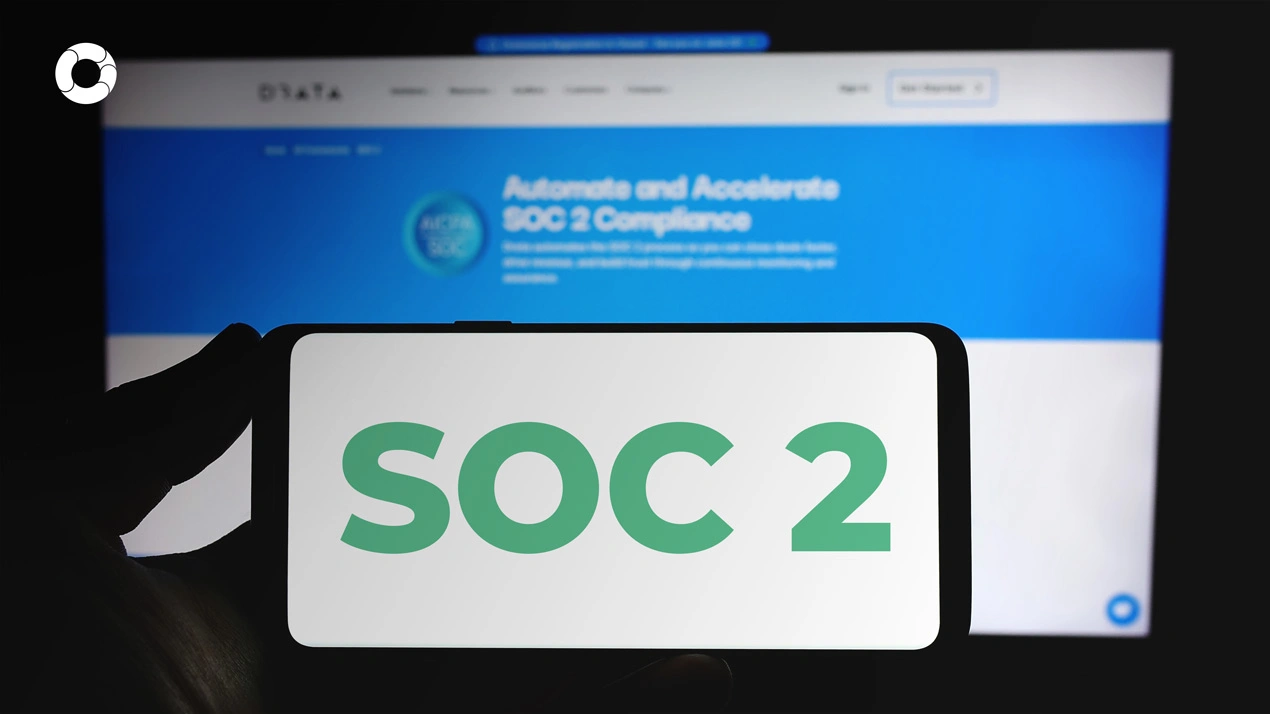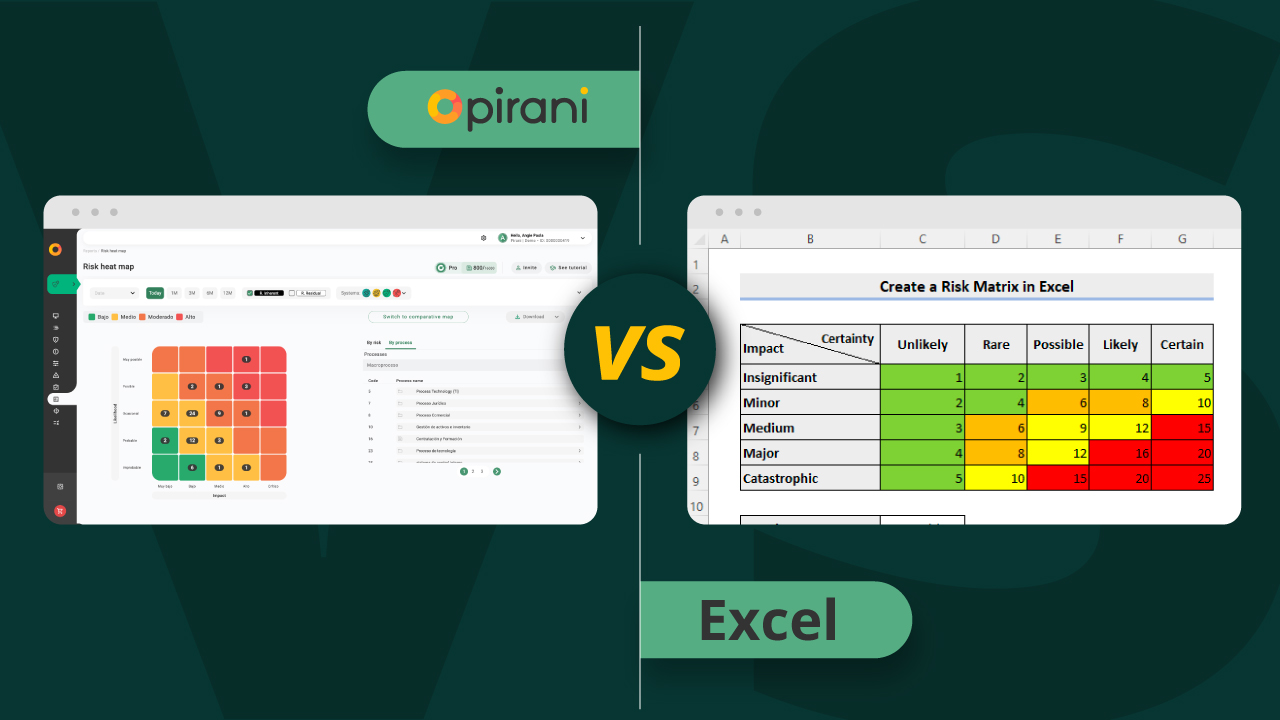ESG Risk Importance: A Comprehensive Guide

Exploring the significance of ESG risk in today's business landscape.
Understanding ESG Risk
ESG risk, which stands for Environmental, Social, and Governance risk, refers to the evaluation and management of factors within these three areas that can significantly impact a company's performance and reputation. Understanding ESG risk involves analyzing various elements, integrating them into decision-making processes, and identifying both potential risks and opportunities.
- Environmental Factors
The environmental aspect of ESG risk includes assessing a company's impact on the planet. Key factors to evaluate are carbon emissions, resource usage, and waste management. Companies need to understand how their operations affect the environment and what risks these impacts pose to their long-term sustainability and regulatory compliance.
- Social Factors
The social dimension of ESG risk focuses on how a company manages its relationships with employees, suppliers, customers, and the communities where it operates. Important considerations include labor practices, employee diversity, community engagement, and product safety. Companies that neglect these areas may face reputational damage, legal challenges, and operational disruptions.
- Governance Factors
Governance involves the structures and processes for decision-making, accountability, and control within a company. Assessing governance risks includes looking at board diversity, executive compensation, and transparency in financial reporting. Strong governance practices ensure that companies are well-managed and transparent, which helps in building trust with stakeholders.
ESG Risk Importance
Understanding the importance of ESG risk is crucial for gaining insights into a company's long-term sustainability and resilience. By incorporating ESG factors into their risk management strategies, companies can better manage risks, improve operational efficiency, enhance their reputation, and drive innovation.
Firstly, addressing ESG risks is vital for mitigating potential financial risks. Companies that neglect to manage their environmental impact may face regulatory fines, lawsuits, or reputational damage. Proactively addressing environmental risks helps companies avoid these costly consequences and maintain financial stability.
Secondly, effective ESG risk management can lead to significant operational efficiencies. For instance, implementing sustainable practices can reduce energy consumption, waste generation, and resource usage. These improvements lower operational costs and optimize resource allocation, contributing to a more efficient business model.
Thirdly, ESG risk management plays a key role in enhancing a company's reputation and brand value. In today's market, consumers and investors increasingly demand transparency and responsible practices. Companies that demonstrate a strong commitment to ESG principles can attract and retain customers, secure top talent, and access capital more easily. This positive perception can lead to increased market share and customer loyalty.
Moreover, considering ESG risks can drive innovation and create new business opportunities. Companies that embrace sustainable practices and develop eco-friendly products or services can tap into the growing demand for sustainability. This not only opens up new revenue streams but also provides a competitive edge in the marketplace.
Overall, the importance of ESG risk lies in its comprehensive impact on a company's financial performance, reputation, and long-term sustainability. By prioritizing ESG risk management, companies can protect their assets, enhance their market position, and ensure sustainable growth. Integrating ESG considerations into business strategies is not just about compliance; it's about creating value and fostering resilience in an ever-evolving global landscape.
Managing ESG Risk
Managing ESG risk involves implementing strategies and practices to identify, assess, and mitigate the potential risks and opportunities associated with environmental, social, and governance factors.
To effectively manage ESG risk, companies can follow these key steps:
- Identify and prioritize relevant ESG factors: Companies need to identify the ESG factors that are most material to their industry, operations, and stakeholders. This involves considering the potential impact of each factor on the company's performance and reputation.
- Establish goals and targets: Companies should set specific goals and targets related to ESG performance. These goals can include reducing carbon emissions, improving labor practices, or increasing board diversity. Clear goals provide a roadmap for action and enable companies to track progress over time.
- Integrate ESG into decision-making processes: ESG considerations should be integrated into the company's decision-making processes at all levels. This includes incorporating ESG factors into risk assessments, investment decisions, supplier selection, and product development.
- Engage stakeholders: Engaging with stakeholders, such as employees, customers, investors, and communities, is crucial for effective ESG risk management. By listening to and addressing stakeholder concerns, companies can build trust, manage reputational risks, and gain valuable insights.
- Monitor and report on ESG performance: Regular monitoring and reporting of ESG performance is essential to track progress, identify areas for improvement, and communicate with stakeholders. This includes collecting relevant data, conducting audits, and disclosing ESG information in sustainability reports or annual filings.
By following these steps, companies can effectively manage ESG risk and integrate sustainable practices into their business operations.
Practical examples of ESG risks
Understanding practical examples of ESG risks is essential for companies to address these factors effectively and mitigate potential negative impacts. ESG risks encompass a wide range of issues across environmental, social, and governance dimensions. Here are some practical examples that highlight the importance of managing ESG risks.
- Environmental ESG Risks
A prominent environmental ESG risk is the impact of climate change on businesses. Rising global temperatures, extreme weather events, and shifting regulatory landscapes pose significant risks. For instance, companies may face supply chain disruptions due to natural disasters, increased operational costs from higher energy prices, and reputational damage if they are perceived as contributing to environmental degradation. Companies that fail to adapt to climate change may suffer financial losses and lose market competitiveness. For example, a manufacturing company with a high carbon footprint might face increased regulatory costs and lose customers to more environmentally friendly competitors.
- Social ESG Risks
Labor practices and human rights violations represent critical social ESG risks. Companies with poor labor conditions, such as unsafe working environments, low wages, or child labor, are at risk of public backlash, boycotts, or legal actions. For example, a global apparel brand found to be using child labor in its supply chain may face significant reputational damage and consumer boycotts. Addressing these risks is crucial for maintaining ethical standards, retaining customer loyalty, and attracting socially conscious consumers. Companies must ensure fair labor practices and respect for human rights to mitigate these risks effectively.
- Governance ESG Risks
Governance-related ESG risks include issues such as executive misconduct, corruption, and inadequate board oversight. Poor governance practices can lead to significant reputational damage, legal consequences, and loss of investor confidence. For instance, a financial institution embroiled in a corruption scandal may face legal penalties and a severe drop in stock value. Strong governance structures, transparency, and accountability are essential for mitigating these risks. Companies need to implement robust policies and practices to ensure ethical conduct and effective oversight.
- Real-World Implications
The real-world implications of ESG risks are substantial and underscore the need for proactive risk management. For example, an energy company that fails to address environmental concerns might face stringent regulations and community opposition, leading to project delays and increased costs. Similarly, a technology company that neglects social risks, such as data privacy and employee rights, may encounter legal challenges and loss of consumer trust. Governance failures, such as lack of transparency or unethical behavior by executives, can result in investor pullout and long-term damage to the company's reputation.
- Proactive Risk Management
To ensure long-term business sustainability, companies must proactively manage ESG risks. This involves conducting thorough risk assessments, implementing effective mitigation strategies, and continuously monitoring ESG factors. Companies should integrate ESG considerations into their decision-making processes and corporate strategies. By doing so, they can enhance their resilience, improve operational efficiency, and build stronger relationships with stakeholders.
In conclusion, practical examples of ESG risks illustrate the critical need for businesses to address environmental, social, and governance factors. Effective ESG risk management not only helps in mitigating potential negative impacts but also promotes sustainable growth and long-term success. Companies that prioritize ESG risks are better positioned to navigate the complex and evolving business landscape, ensuring their sustainability and resilience in the face of future challenges.
Future Trends in ESG Risk
The field of ESG risk is constantly evolving, and several future trends are expected to shape its trajectory.
One trend is the increasing integration of ESG factors into investment decision-making. Investors are recognizing the financial relevance of ESG risk and are incorporating it into their investment strategies. This trend is expected to continue as more investors demand ESG data and performance metrics to assess the long-term sustainability and resilience of companies.
Another trend is the growing focus on social factors within the ESG framework. Issues such as diversity and inclusion, human rights, and social justice are gaining prominence as stakeholders demand more accountability and transparency from companies. Organizations that proactively address these social factors will likely gain a competitive advantage and attract socially conscious investors and customers.
Technological advancements are also expected to play a significant role in the future of ESG risk management. Innovations such as artificial intelligence, big data analytics, and blockchain can enhance the measurement, monitoring, and reporting of ESG performance. These technologies enable companies to collect and analyze large volumes of data, identify emerging risks, and improve transparency.
Finally, regulatory frameworks related to ESG risk are expected to evolve and become more stringent. Governments and regulatory bodies increasingly recognize the importance of ESG factors in ensuring sustainable and responsible business practices. Companies should anticipate and adapt to these regulatory changes to avoid penalties, reputational damage, and legal consequences.
In conclusion, the future of ESG risk management is likely to be shaped by increased investor focus, heightened attention to social factors, technological advancements, and evolving regulatory frameworks. Companies that stay ahead of these trends and proactively manage ESG risks will be better positioned for long-term success.
You May Also Like
These Related Stories

Key competencies and skills a risk manager should have

Top U.S. Money Laundering Cases and Avoiding AML Risks

How to identify the risk of money laundering in companies?

Mastering SOC 2 for Diverse Industries

Excel vs. Cyber-Risk Management Platform: Better Option to Mitigate Risk



No Comments Yet
Let us know what you think